Hello, my name is Jason Pawluk. I am the Managing Director for the West Yorkshire and Harrogate Cancer Alliance and the NHS West Yorkshire Integrated Care Board Associate Director for Cancer.
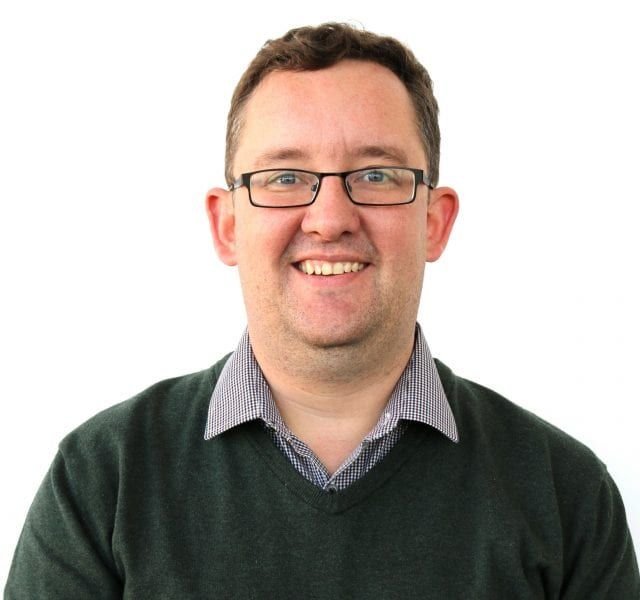 As I write this blog, we have seen some important improvements in cancer performance across the patch which I wanted to share with you all. But before I do, I wanted to reiterate why performance – as one measure of quality and patient experience – is also key to our goals as a system.
As I write this blog, we have seen some important improvements in cancer performance across the patch which I wanted to share with you all. But before I do, I wanted to reiterate why performance – as one measure of quality and patient experience – is also key to our goals as a system.
Cancer is widely recognised to be one of the leading causes of mortality globally - in some studies now overtaking cardiovascular disease as the number one cause. It is a condition that will affect one in two of us across our lifetimes and that will become an increasing demand upon our health and wider care system as life expectancy improves; treatment options become more expansive and personalised; and we increasingly understand more about how to manage it as a chronic, recurrent, condition. It follows that cancer will, and must be, a key strategic population health priority, both at system level and across all places (Bradford District and Craven, Calderdale, Kirklees, Leeds and Wakefield District) in our Health and Care Partnership.
When it comes to performance, there are a range of measures that are used to track how the health system is delivering. The term “cancer backlog” is one used to describe the number of people who are waiting to be either confirmed that they do, or do not, have cancer two months following when the condition was initially suspected. On some occasions, people may be in a backlog for legitimate clinical reasons or may have chosen to delay tests or treatments. However, in most others, increased numbers of people in the backlog is a symptom of a whole system under strain, including primary, secondary and specialist care. This is particularly true when the number of people on the patient tracking list for cancer – some 12,000 across West Yorkshire at any one time - is going up.
These numbers are daunting but it is worth remembering that each person on this list is an individual waiting for potentially life-changing news or treatment. Their wait, and the outcome which follows, will have a significant impact on them; their families and loved ones; their friends and networks and their wider contribution to society. The impact of cancer waits is profound – stretching far beyond the result of the scan, the pathology result, or the outcome from the multi-disciplinary team meeting. Irrespective of the result, the period of waiting can be an incredibly anxious time.
We must redouble our efforts to do the best we possibly can, within the resources available to us.
In this important context, I am pleased to say that, across the Partnership, we have reduced the numbers waiting by more than 20% from the end of the last financial year to this. Together, working as a system, we improved on some very challenged performance in the middle of the year, being part of an important NHS-wide achievement in doing so. However, there remains much more to do.
We are also doing better at diagnosing patients with cancer sooner when they are referred for urgent tests and investigations. Nearly four in five people across our system receive either a confirmation of cancer diagnosed, or an all-clear for cancer, within one month of being referred (the Faster Diagnosis Standard).
This places our local system around two years ahead of the expected NHS-wide benchmark for this measure. We also review key trends of patient experience data, including from the national cancer patient experience survey (NCPES) to understand the patient journey and what improvements can be made. However, our success here comes with important caveats.
The number of people referred on an urgent suspected cancer pathway has more than doubled in the last ten years, with more than three million cases managed across the country. Whilst the number of people diagnosed with cancer has increased, and we have achieved the ambition for cancer by making more treatments available with curative intent, the increased rate of treatment tracks lower to the rate of increased demand. Also, our system, like most of the NHS, still tracks around 20 percentage points behind the Long-Term Plan goal for early diagnosis, which is set against international comparisons. Despite our continuing efforts, later diagnosis and premature mortality from cancer are both associated with socio-economic and other forms of health inequality. Indeed, even with all of our preventative efforts, still more than one in three cancers diagnosed could be avoided by changes to lifestyle and only one in sixteen cases are diagnosed through a screening programme.
A point often made to me by our clinical colleagues in secondary care is that to make a difference, and to tackle health inequalities, the answer is not always to increase the number of referrals received into the secondary care system. Whilst increased demand is inevitable, just chasing an increased number of referrals is at risk of missing the point.
To protect the capacity needed to examine suspected urgent cancer cases sooner, we must also take advantage of those opportunities to manage those with less worrying symptoms sooner. This should be in primary care, where this is both possible and in the best interests of the patient concerned. Primary care services must be available equitably and all partners have a responsibility to support the uptake of innovation and challenge outdated clinical practice where necessary.
For example, using the available workforce, investment in, and education packages available for, tele-dermatology we can make a difference. Tele-dermatology is a system for taking pictures of suspicious skin lesions, which can help us to differentiate cancerous tissue, such as squamous cell carcinoma, from other benign conditions such as warts, moles, and other lesions which may have changed in shape, size, or colour, and become itchy.
Only around one in 25 of all lesions referred are cancerous in nature. However, if all the other twenty-four require appointments with consultant dermatologists in secondary care - because we either don’t use the available technology or triage effectively – then not only do we extend worry, anxiety, and patient travel where we don’t need to, but we also increase waits for other people with other non-cancerous but significant inflammatory skin conditions. This has the risk of extending health inequality to these other patients, which it is essential to avoid. A similar point could be made about how we look after people with other possible cancers, including gynaecological, upper and lower gastrointestinal, breast, and urological malignancies. The opportunities to innovate are there – we must adopt them.
Across the Partnership, and all these areas, we have made some good progress, but we can’t park the need to make further improvement, even though it may be difficult. For example, in skin cancer we have a range of medical photography hubs, use of dermatoscopes in primary care, specialist clinics, and the use of general practitioners with special interests. We need to make more and faster use of these opportunities. As a Cancer Alliance, we will continue to encourage the adoption of these approaches, also review the expanding opportunities of using artificial intelligence (AI) in the field.
Together, it’s a reminder to us that cancer services and the inequalities we see do not exist in isolation. Cancer services are interwoven with diagnostic and elective services in particular – along with many others in a complex, interdependent system with key challenges relating to workforce, capacity, and sustainability.
Linked to what I have said, it will perhaps not be a surprise to you that the performance challenges feature heavily in the national 2024/25 priorities for cancer, and rightfully so. Our quest to improve the faster diagnosis standard continues for people, as does our priority to ensure that at least seven out of ten people start their first definitive treatment for cancer within two months of being referred. In some parts of our system, the NHS Constitution standard is delivered. The challenge now is to deliver greater equity of performance, accepting that some cancers are more difficult to diagnose and treat than others, which will always feature in performance figures.
Our work to improve participation with the breast, bowel and cervical cancer screening programmes continues, as do the next steps of extending coverage of the highly successful targeted lung health check programme across West Yorkshire. We are also seeking to pilot targeted kidney screening and oral cancer checks in Wakefield once its lung programme is established, alongside our work with multi-cancer predictive blood tests – both Pinpoint and the NHS Galleri trial (GRAIL). The local operational delivery network for liver cancer continues to deliver fantastic, groundbreaking work in terms of identifying hepatocellular carcinoma sooner, whilst our system is also a recruiter for the longstanding EUROPAC trial for pancreatic cancers. At a Place level, we are also working to review PSA testing for higher-risk groups for prostate cancers and utilise community pharmacy as a referral and awareness raising route into cancer services.
As ever, our plans for cancer go beyond performance and synthesise both national and local priorities, stemming from our cancer innovation scheme and living with and beyond cancer programmes. You can find out more about our wider work and plans – and very shortly, our 2023/2024 annual report on our Cancer Alliance website.
Have a good weekend all,
Jason


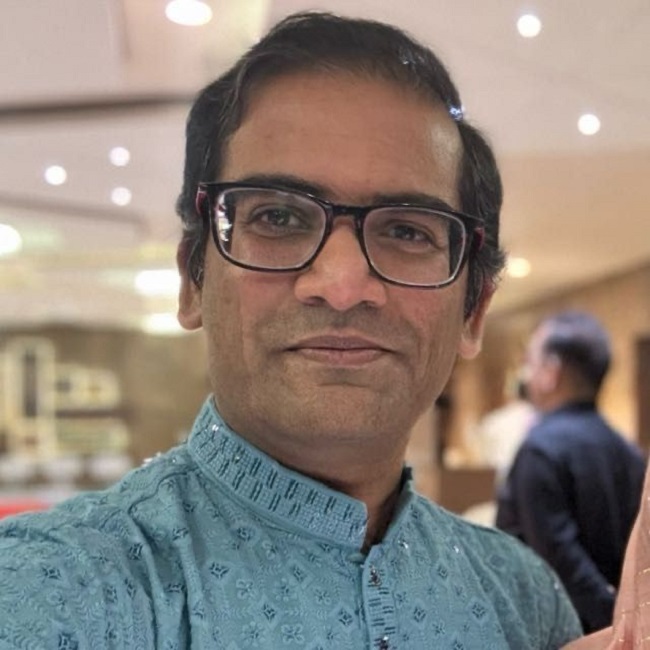 You may know that a lot of people have problems with their kidneys. About four percent of us have lost enough kidney function (moderate to severe loss) for it to have an effect on our bodies. These effects are important because they increase our chances of heart attack, stroke and other disabling problems. The effects on kidneys can be pronounced if we have additional long term health conditions such as diabetes, hypertension or obesity.
You may know that a lot of people have problems with their kidneys. About four percent of us have lost enough kidney function (moderate to severe loss) for it to have an effect on our bodies. These effects are important because they increase our chances of heart attack, stroke and other disabling problems. The effects on kidneys can be pronounced if we have additional long term health conditions such as diabetes, hypertension or obesity.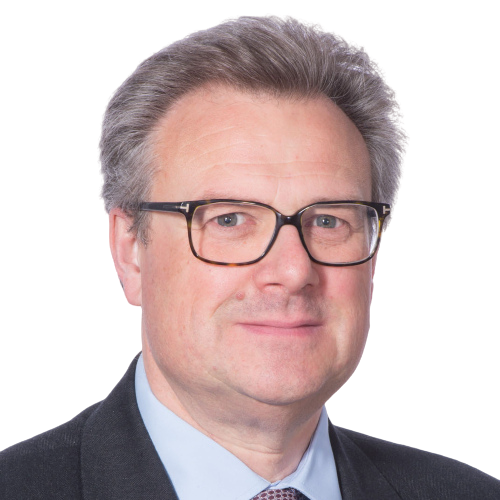 The Chief Executive of Leeds Teaching Hospitals NHS Trust, Professor Phil Wood, has been confirmed as chair of Leeds Academic Health Partnership (LAHP), one of the biggest of its kind in the UK. Phil’s appointment follows unanimous endorsement by the Partnership’s Board.
The Chief Executive of Leeds Teaching Hospitals NHS Trust, Professor Phil Wood, has been confirmed as chair of Leeds Academic Health Partnership (LAHP), one of the biggest of its kind in the UK. Phil’s appointment follows unanimous endorsement by the Partnership’s Board.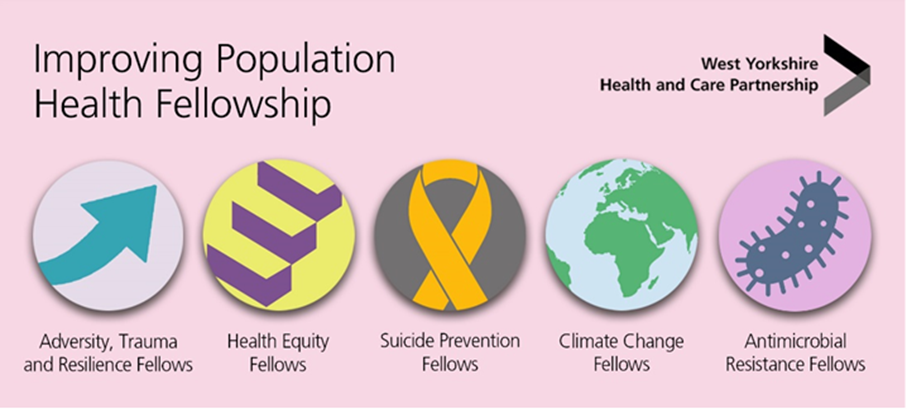 Around 75 fellows, including those from West Yorkshire and also from the North Yorkshire and Humber scheme, were officially welcomed to the Improving Population Health Fellowship class of 2024 last week. The event provided the opportunity for fellows to meet each other and colleagues from the Partnership, as well as to network and share ideas.
Around 75 fellows, including those from West Yorkshire and also from the North Yorkshire and Humber scheme, were officially welcomed to the Improving Population Health Fellowship class of 2024 last week. The event provided the opportunity for fellows to meet each other and colleagues from the Partnership, as well as to network and share ideas.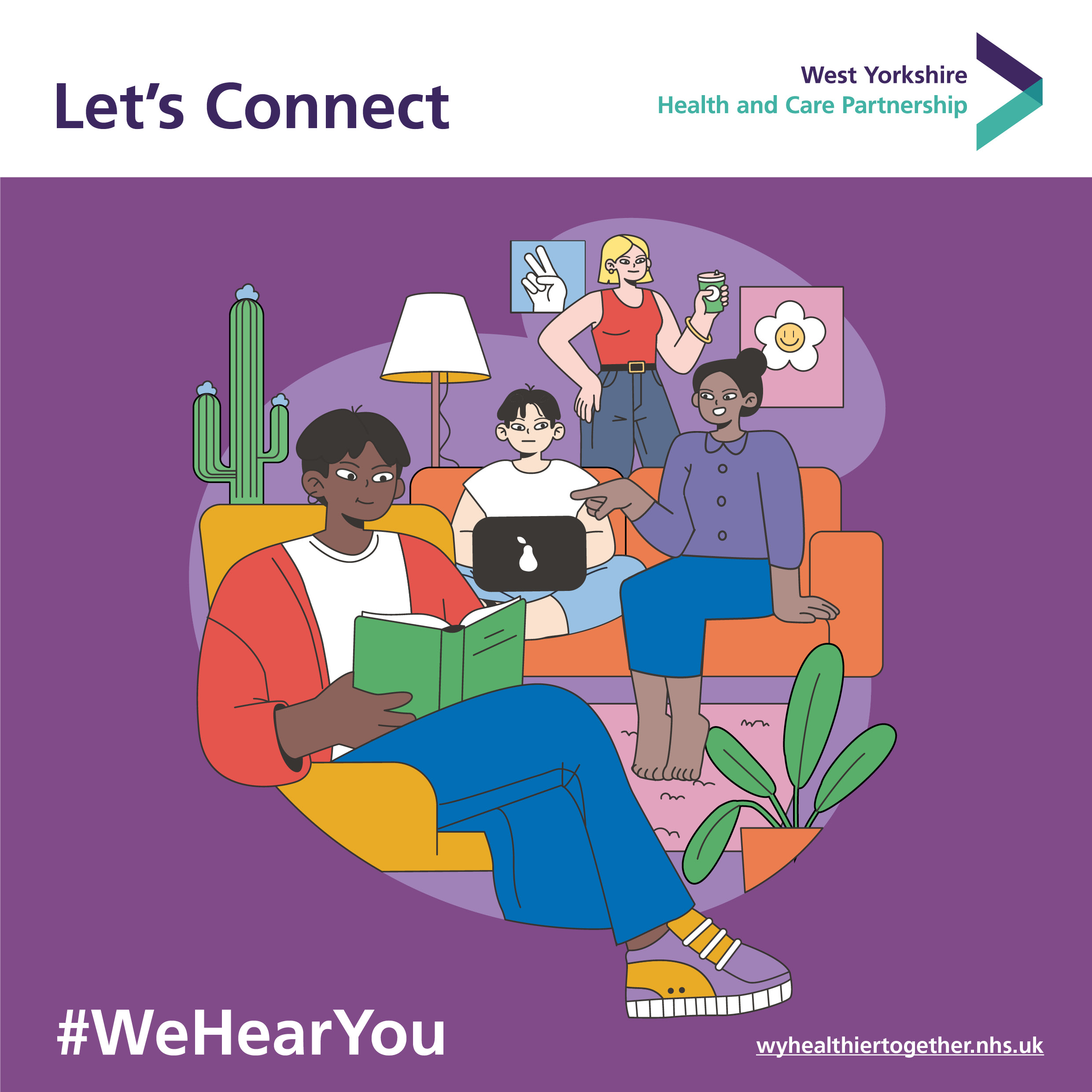 As part of our work supporting young people in crisis, during 2024 -25, we are working to promote children and young people’s mental health and emotional wellbeing in its widest sense. The #LetsConnect campaign has been developed to encourage parents, carers, children and young people in West Yorkshire to feel comfortable in talking about mental health and emotional wellbeing with each other.
As part of our work supporting young people in crisis, during 2024 -25, we are working to promote children and young people’s mental health and emotional wellbeing in its widest sense. The #LetsConnect campaign has been developed to encourage parents, carers, children and young people in West Yorkshire to feel comfortable in talking about mental health and emotional wellbeing with each other.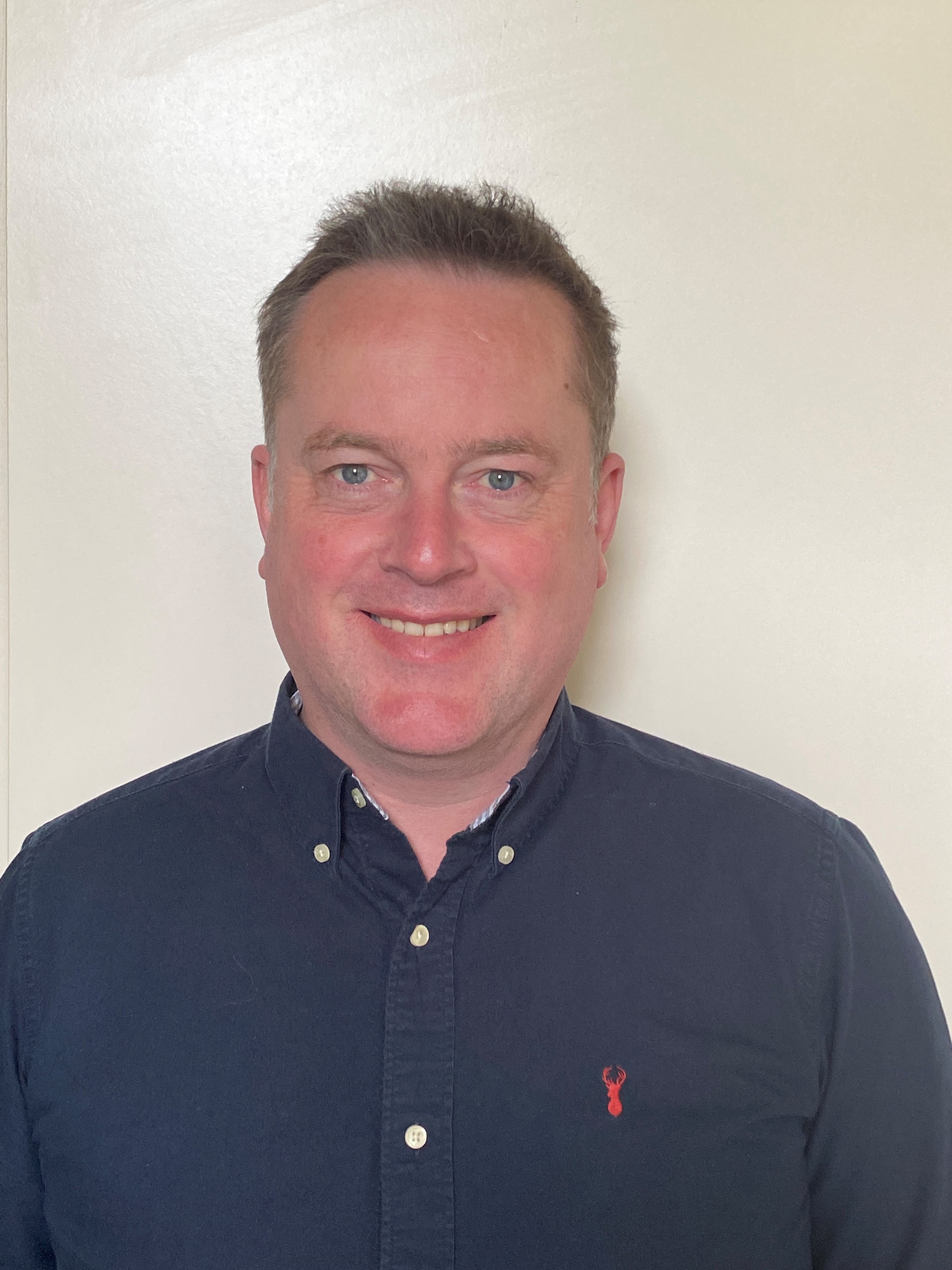 We are pleased to announce that following a rigorous selection process David Smith will be joining NHS West Yorkshire Integrated Care Board as our Chief Pharmacist. David has been undertaking the role on a part-time secondment basis for the past 18 months whilst also undertaking his substantive role as Director of Pharmacy at Bradford Teaching Hospitals NHS Foundation Trust (BTHFT).
We are pleased to announce that following a rigorous selection process David Smith will be joining NHS West Yorkshire Integrated Care Board as our Chief Pharmacist. David has been undertaking the role on a part-time secondment basis for the past 18 months whilst also undertaking his substantive role as Director of Pharmacy at Bradford Teaching Hospitals NHS Foundation Trust (BTHFT).